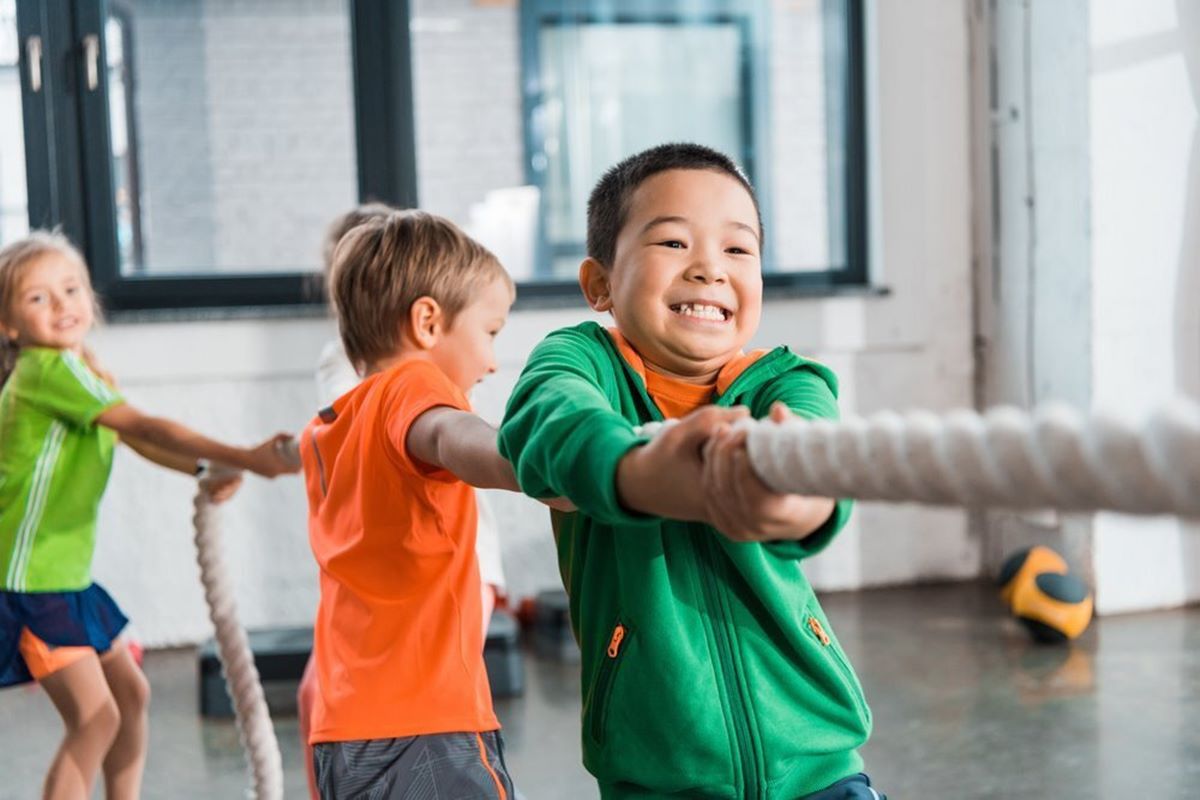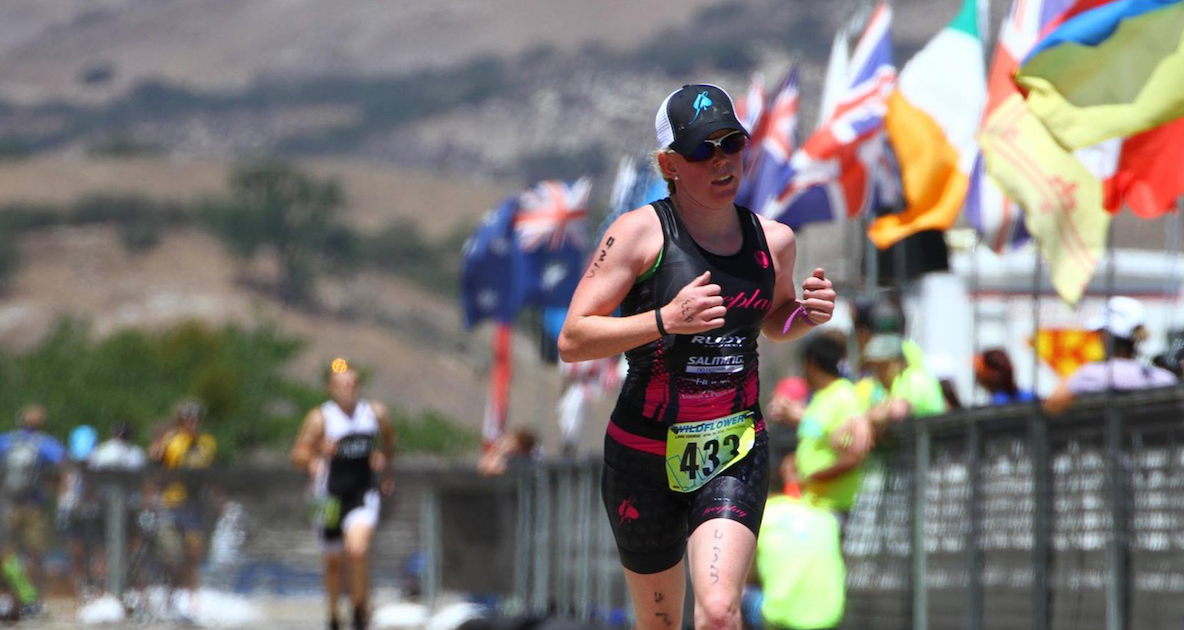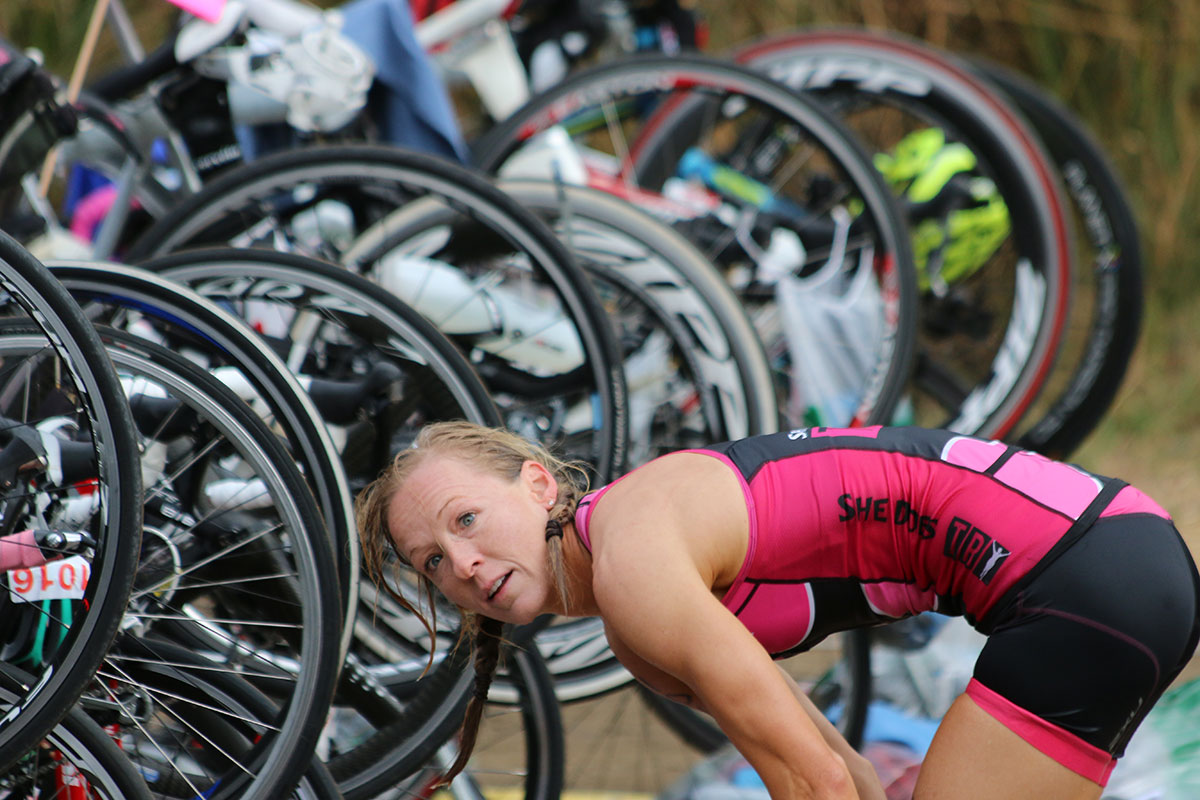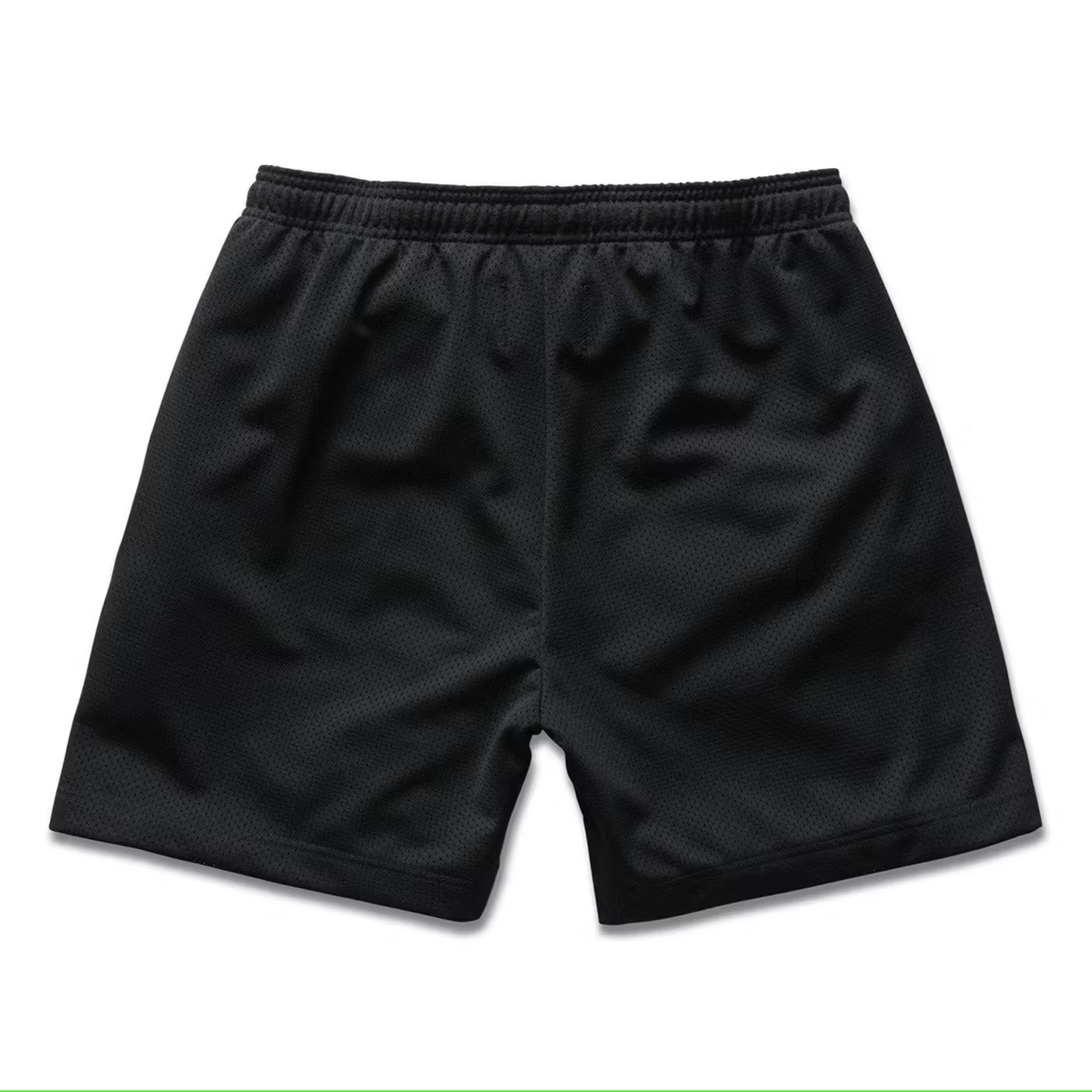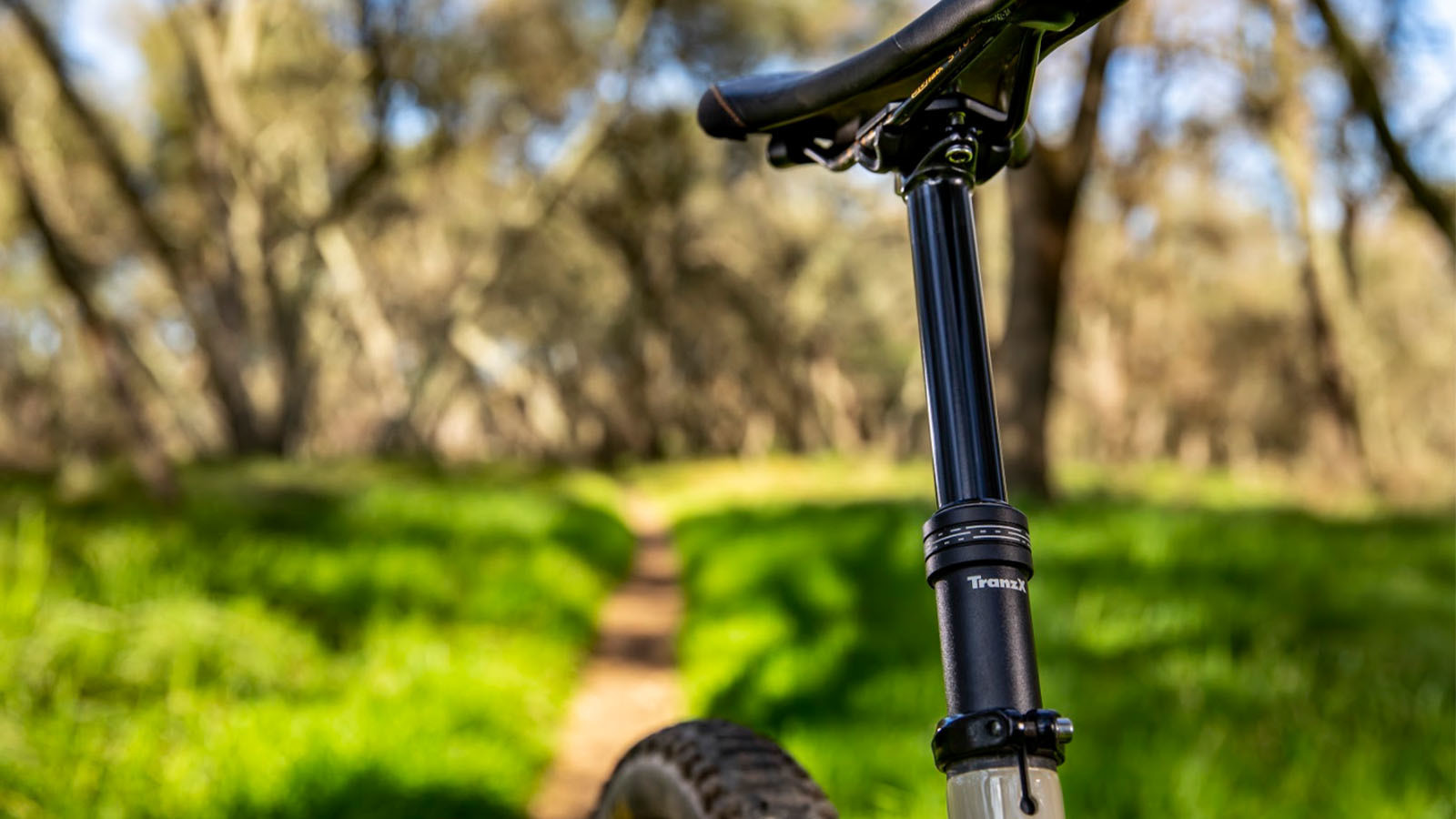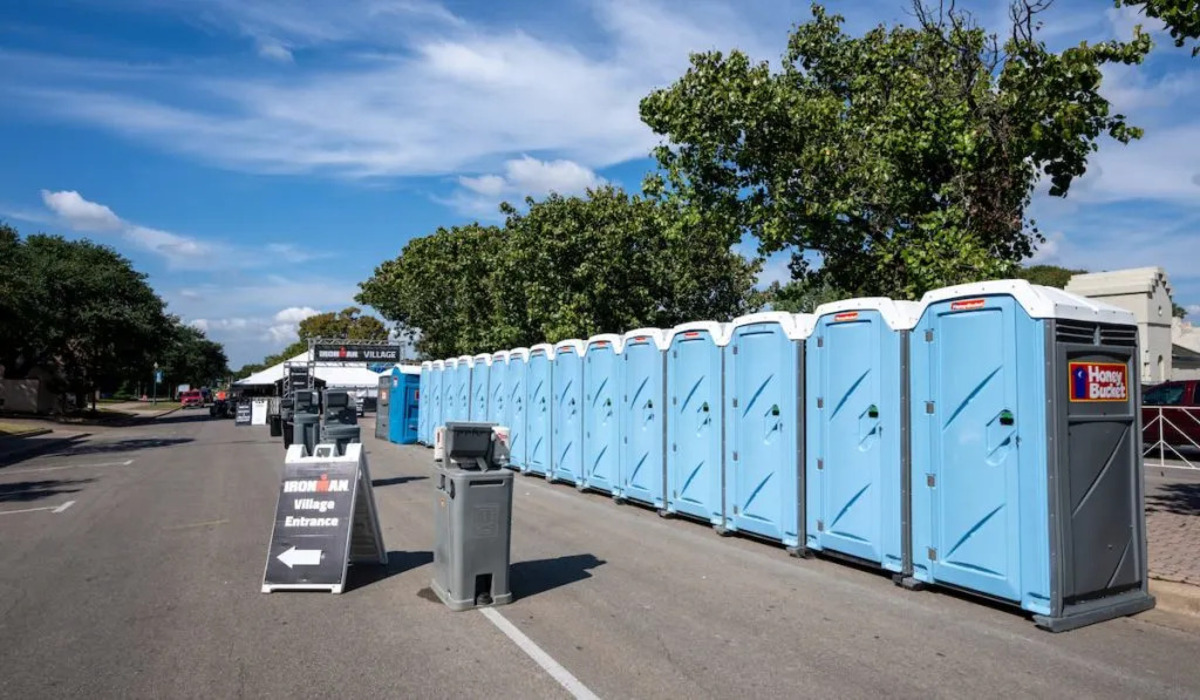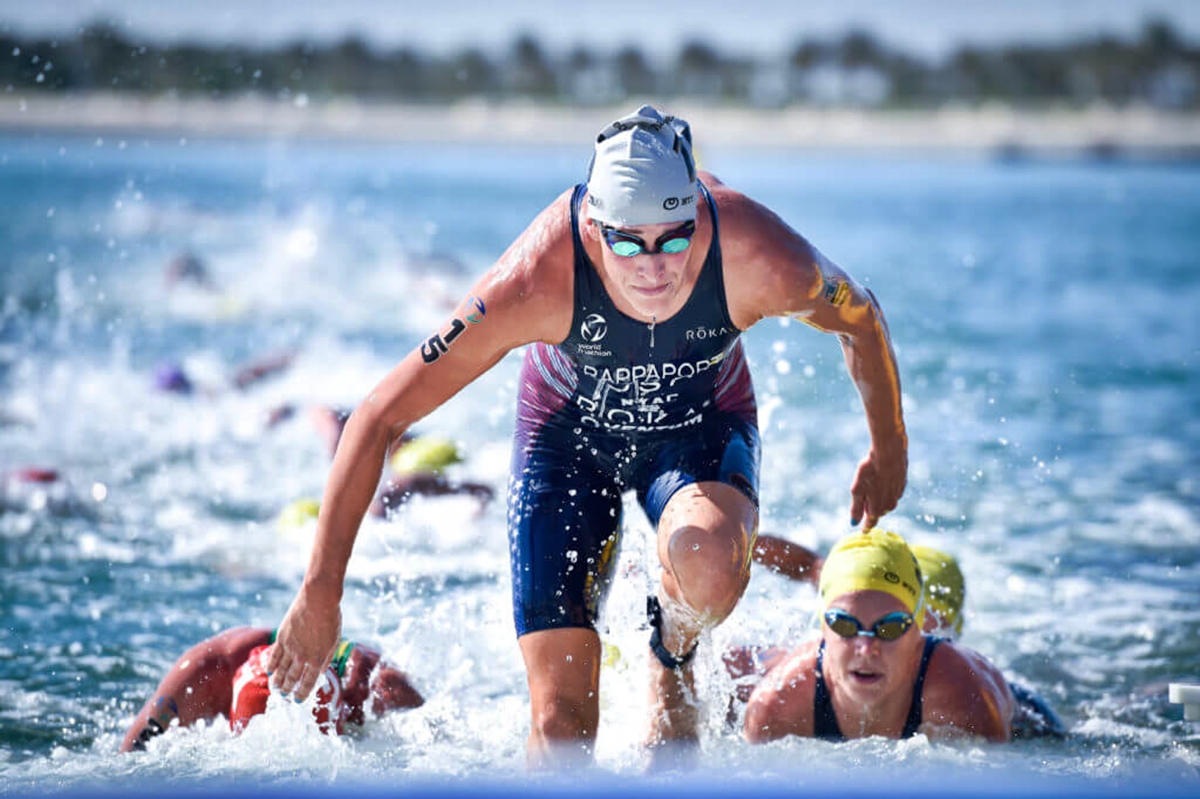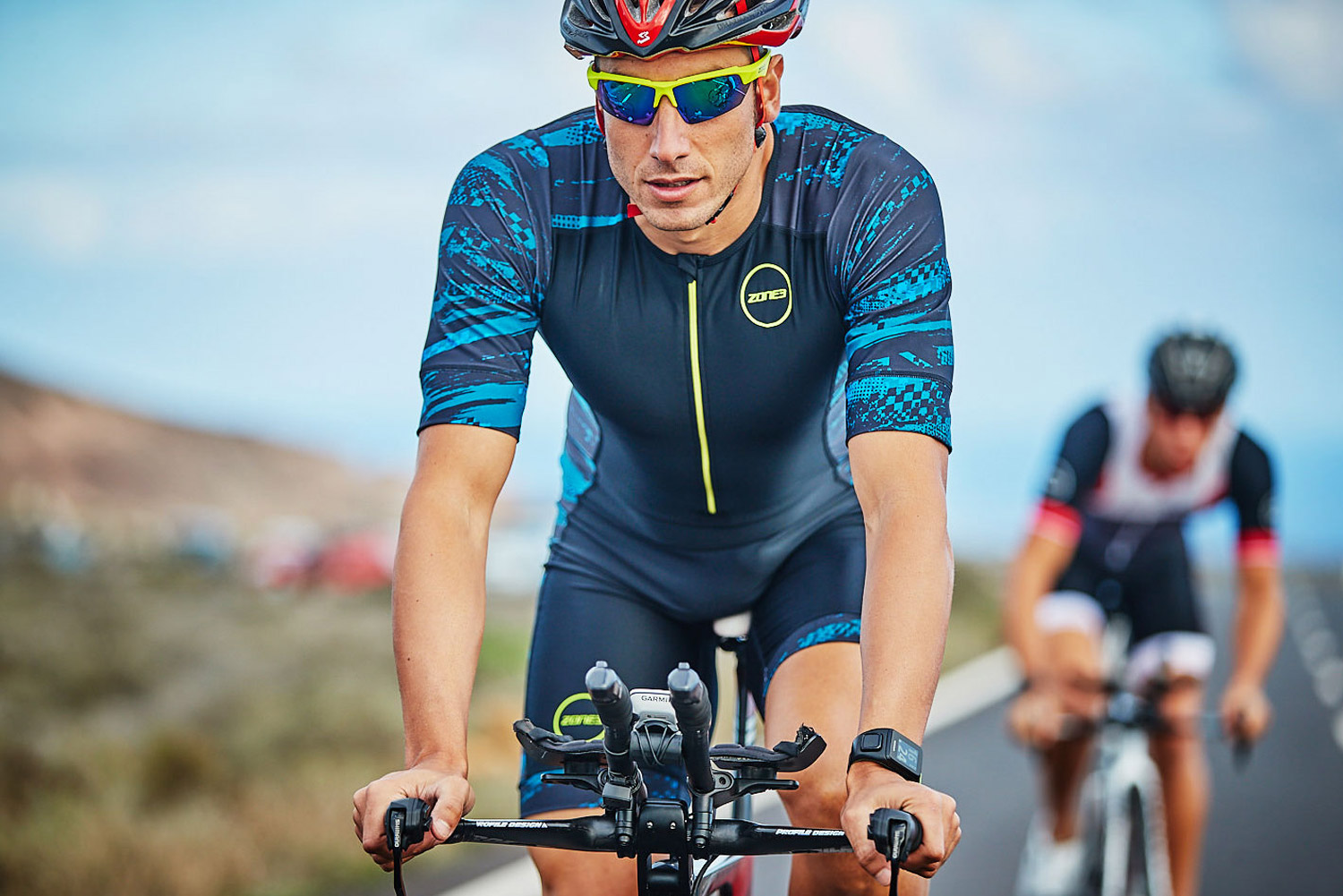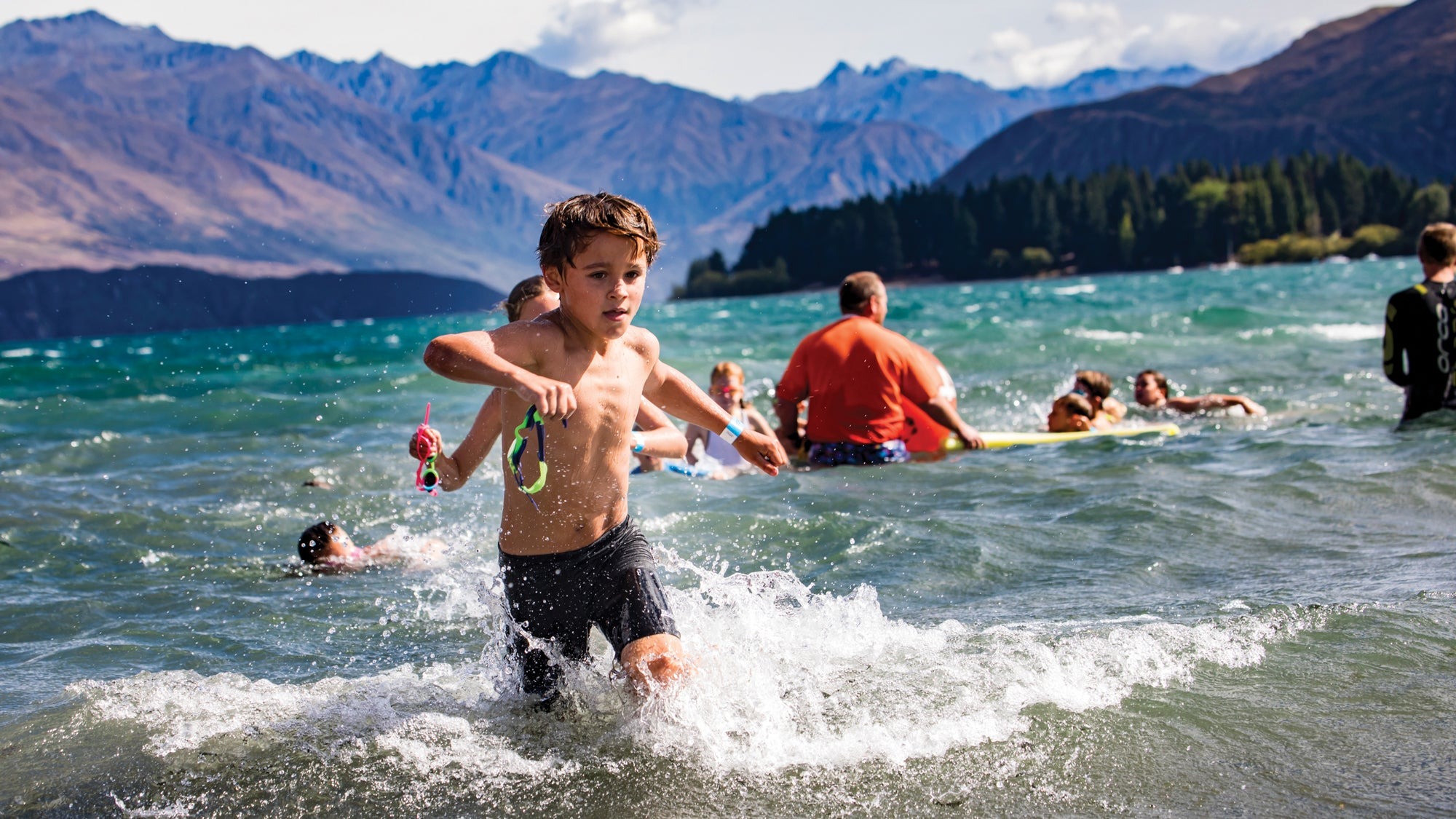

Featured
How To Get Kids Into Triathlon
Modified: January 2, 2024
Discover the ultimate guide on how to get kids into triathlon. Our featured tips and tricks will help children develop a passion for this exciting multisport discipline.
Introduction
Triathlon, a multi-sport endurance event that combines swimming, cycling, and running, is gaining popularity among people of all ages and fitness levels. While it may seem like a daunting challenge, triathlon can be a fun and fulfilling experience, even for kids.
Engaging children in triathlon at a young age not only introduces them to an active lifestyle, but also helps them develop essential physical, mental, and social skills. From building strength and endurance to fostering teamwork and discipline, triathlon offers a wide range of benefits for young participants.
In this article, we will explore how to get kids into triathlon and provide valuable insights on finding the right equipment, safety precautions, training guidelines, beginner-friendly events, motivational tips, nutrition considerations, and finding a supportive community.
Whether your child is a budding athlete or simply looking for a new challenge, triathlon can be a fantastic activity to encourage their overall wellbeing. So, let’s dive in and discover the exciting world of triathlon for kids!
Benefits of Triathlon for Kids
Participating in triathlon can have numerous positive effects on a child’s physical, mental, and social development. Here are some key benefits:
- Physical Fitness: Triathlon involves swimming, cycling, and running, which provide a well-rounded workout for the whole body. It improves cardiovascular health, builds muscular strength and endurance, and enhances flexibility and coordination.
- Mental Resilience: Triathlon challenges kids to push their limits and overcome obstacles. It teaches them valuable lessons about goal-setting, perseverance, mental toughness, and problem-solving.
- Self-Confidence: Completing a triathlon, no matter the distance or time, gives kids a sense of accomplishment and boosts their self-esteem. It empowers them to take on new challenges with confidence.
- Teamwork and Sportsmanship: In triathlon, kids have the opportunity to compete individually and as part of a relay team. They learn how to work with others, support their teammates, and demonstrate good sportsmanship by respecting their competitors.
- Time Management and Discipline: Balancing training sessions, schoolwork, and other activities teaches kids the importance of managing their time effectively. It instills discipline, commitment, and the ability to prioritize tasks.
- Goal Setting and Achievement: Triathlon provides a clear goal for kids to work towards. Setting achievable goals, such as completing their first sprint triathlon, helps them develop a growth mindset and experience the satisfaction of achievement.
- Social Skills and Community: Participating in triathlon opens doors to new friendships and a supportive community. Kids can connect with fellow triathletes, trainers, and volunteers, fostering social skills, teamwork, and a sense of belonging.
Triathlon offers a holistic approach to fitness and personal development for children. It promotes a healthy lifestyle, enhances physical and mental abilities, and cultivates positive character traits that will benefit them in all aspects of life.
Finding the Right Equipment
When getting kids into triathlon, it’s essential to ensure they have the right equipment to participate safely and comfortably. Here are some key considerations:
- Swim: For the swimming portion, a well-fitting swim cap, goggles, and a swimsuit are necessary. Look for goggles with a snug fit and good visibility to protect their eyes and provide clear vision in the water.
- Bike: A suitable bike is crucial for the cycling leg. Ideally, choose a lightweight and properly sized bike. Ensure that the brakes, gears, and tires are in good working condition. Adjust the bike seat to the appropriate height to maintain proper cycling form.
- Run: When it comes to running, comfortable and supportive running shoes are a must. Look for shoes that provide adequate cushioning, stability, and a proper fit to minimize the risk of injuries.
- Transition Area: Kids will need a transition bag or mat to keep their equipment organized during the race. This includes a towel, water bottle, energy gels, spare clothes (if needed), and any other personal items they may require.
- Safety Gear: Safety should always be a priority. Kids should wear a properly fitted helmet when cycling, along with brightly colored clothing for visibility. Consider investing in knee and elbow pads for added protection, especially for younger participants.
As kids grow quickly, it’s important to periodically check and update their equipment to ensure a proper fit. A local sports or triathlon store can provide guidance on the appropriate sizing and help you choose the right equipment based on your child’s age, size, and skill level.
Remember, while it’s important to have the necessary equipment, it’s equally important to emphasize the joy of participation and foster a love for the sport. Encourage kids to focus on enjoying the experience rather than solely on the gear they have.
Safety Precautions and Training Guidelines
When introducing kids to triathlon, safety should always be a top priority. Here are some important safety precautions and training guidelines to keep in mind:
- Start Slowly: Begin with shorter distances and gradually increase the intensity and duration of training. This allows kids to build endurance and strength while minimizing the risk of injury.
- Warm-Up and Cool Down: Prior to each training session, ensure that kids perform a proper warm-up to prepare their muscles for exercise. Likewise, encourage them to cool down and stretch after training to prevent muscle soreness and aid in recovery.
- Proper Technique: Teach kids the correct techniques for swimming, cycling, and running to prevent injuries. Enroll them in swimming lessons and consider hiring a coach or joining a youth triathlon club to learn proper form and technique.
- Stay Hydrated: Remind kids to drink plenty of water before, during, and after training sessions to stay hydrated. Encourage them to bring a water bottle to practice and educate them about the signs of dehydration.
- Listen to the Body: Teach kids to listen to their bodies and rest when needed. Pushing through fatigue or pain can lead to injuries. Encourage open communication, so they feel comfortable expressing any discomfort or concerns they may have.
- Supervision: Ensure that kids are always supervised during training sessions, especially during open water swims and cycling on roads. If possible, train in safe and designated areas to minimize the risk of accidents.
- Sun Protection: Protect kids from harmful UV rays by applying sunscreen, wearing protective clothing, and using sunglasses and a hat. Encourage them to seek shade during breaks and avoid training during the hottest parts of the day.
Additionally, consider consulting with a healthcare professional or triathlon coach who specializes in youth training to ensure that your child’s training program is appropriate for their age and fitness level.
By following these safety precautions and training guidelines, you can create a safe and enjoyable environment for your child to develop their skills and enthusiasm for triathlon.
Beginner-Friendly Triathlon Events for Kids
When getting kids into triathlon, it’s important to choose beginner-friendly events that are suitable for their age and skill level. Here are some options to consider:
- Splash and Dash: These events are designed for younger children and typically involve a short swim followed by a run. The distances are shorter and the emphasis is on participation and fun rather than competition.
- Super Sprint Triathlon: This is a great option for older kids who are ready to take on a more challenging event. Super sprint triathlons involve a 200-400m swim, a 5-10km bike ride, and a 1-2km run.
- Kids’ Triathlon: Many cities and communities organize triathlons specifically for kids. These events often have different age categories and offer varying distances based on age. This allows children to compete against their peers and feel a sense of accomplishment.
- Triathlon Camps: Consider enrolling your child in a triathlon camp or clinic. These programs provide structured training, skill development, and an opportunity to practice in a supportive environment. They are a great way to introduce kids to triathlon and help them gain confidence and experience.
- Relay Teams: In some events, kids can participate as part of a relay team, where each team member completes one leg of the triathlon. This can be a fantastic option for children who may not feel comfortable doing the entire race on their own.
When selecting a triathlon event for your child, consider their age, abilities, and interests. Choose an event that aligns with their current fitness level and provides an appropriate level of challenge without overwhelming them. It’s also important to create a positive and supportive environment where the focus is on participation, personal growth, and enjoyment rather than solely on winning.
Remember, the goal is to introduce kids to the sport and foster a lifelong love for triathlon. So, find an event that suits your child’s needs and encourages their passion for this exciting multi-sport activity.
Tips for Motivating Kids to Participate
Getting kids excited and motivated to participate in triathlon can sometimes be a challenge. Here are some tips to help ignite their passion and maintain their enthusiasm:
- Lead by Example: Show your own enthusiasm for triathlon and lead an active lifestyle. When kids see you enjoying the sport and staying active, they are more likely to be motivated to join in.
- Make it Fun: Emphasize the fun aspect of triathlon rather than focusing solely on competition. Incorporate games, challenges, and rewards into training sessions to make it enjoyable for kids.
- Set Goals Together: Involve your child in setting realistic goals for their triathlon journey. Whether it’s completing their first race or improving their time, having a clear goal can provide motivation and a sense of accomplishment.
- Vary Training Activities: Keep training sessions interesting and engaging by incorporating a variety of activities. Mix up swimming, biking, and running with other fun exercises such as obstacle courses, relay races, or team challenges.
- Encourage Social Connections: Help your child make connections with other kids who are also interested in triathlon. Joining a youth triathlon club or participating in group training sessions can create a sense of camaraderie and motivation.
- Celebrate Milestones: Recognize and celebrate your child’s achievements and progress along their triathlon journey. This can be done through small rewards, certificates, or a special outing to acknowledge their dedication and hard work.
- Create a Supportive Environment: Surround your child with a support system that encourages and supports their triathlon endeavors. This can include family members, friends, coaches, and other triathletes who can provide guidance and motivation.
- Focus on Personal Improvement: Shift the focus from competition to personal improvement and growth. Teach your child that every race and training session is an opportunity to challenge themselves and become better, regardless of their position or ranking.
- Instill a Positive Mindset: Help your child develop a positive mindset by focusing on their strengths, encouraging self-belief, and teaching them resilience in the face of setbacks or challenges.
Remember, motivation can ebb and flow, so be patient and supportive as your child navigates their triathlon journey. By creating a positive and encouraging environment, you can help them stay motivated and develop a lifelong love for the sport.
Nutritional Considerations for Young Triathletes
Proper nutrition plays a vital role in supporting the training and performance of young triathletes. Here are some important nutritional considerations to keep in mind:
- Balance and Variety: Encourage your child to consume a balanced diet that includes a variety of whole foods from different food groups. This will ensure they receive a wide range of nutrients necessary for growth, development, and performance.
- Carbohydrates: Triathlon is an endurance sport, and carbohydrates are the body’s primary source of fuel. Encourage your child to include complex carbohydrates such as whole grains, fruits, and vegetables in their meals and snacks.
- Protein: Protein is essential for muscle repair and growth. Include lean sources of protein such as poultry, fish, beans, tofu, or dairy products in your child’s meals and snacks.
- Hydration: Proper hydration is crucial for young triathletes. Encourage your child to drink plenty of water before, during, and after training sessions. Develop a hydration plan based on the duration and intensity of their workouts.
- Vitamins and Minerals: Ensure your child gets a variety of fruits and vegetables to obtain essential vitamins and minerals. If needed, consider a balanced children’s multivitamin to supplement any dietary gaps.
- Timing of Meals: Help your child understand the importance of proper meal timing for optimal energy levels and performance. Encourage them to have a balanced meal 2-3 hours before training or racing, and provide small snacks before and after workouts to maintain energy levels.
- Recovery Fuel: After training, ensure your child replenishes their energy stores with a combination of carbohydrates and protein. This can include a snack such as a fruit smoothie, yogurt with granola, or a peanut butter sandwich.
- Avoiding Empty Calories: Limit the consumption of processed foods, sugary snacks, and beverages that provide little nutritional value. Encourage your child to make healthier choices such as fresh fruits, vegetables, and homemade snacks.
- Consult a Professional: If you have concerns about your child’s nutrition or want personalized guidance, consider consulting a registered dietitian who specializes in sports nutrition for young athletes.
Remember to foster a healthy relationship with food and encourage your child to listen to their body’s hunger and fullness cues. A well-balanced and nutritious diet, combined with proper hydration, will support your young triathlete’s training, optimize their performance, and contribute to their overall well-being.
Balancing Triathlon with School and Other Activities
Participating in triathlon can be a fulfilling and rewarding experience for young athletes. However, it’s essential to strike a balance between triathlon, school responsibilities, and other extracurricular activities. Here are some tips to help your child manage their time effectively:
- Create a Schedule: Help your child create a schedule that allocates time for training, schoolwork, and other commitments. By having a structured plan, they can prioritize their tasks and ensure that they are dedicating sufficient time to each area.
- Prioritize Schoolwork: Emphasize the importance of academics and encourage your child to prioritize their schoolwork. Help them develop effective study habits and time management skills to stay on top of their assignments.
- Communicate with Teachers and Coaches: Foster open communication between your child, their teachers, and their coaches. Inform them about your child’s involvement in triathlon and discuss any potential scheduling conflicts or necessary accommodations.
- Maximize Time Efficiency: Look for opportunities to maximize time efficiency. For example, your child could listen to educational podcasts or review study materials while traveling to and from training sessions.
- Delegate and Seek Support: Encourage your child to delegate tasks when possible and seek support from family members, friends, or teammates. This can help alleviate some of the time constraints and allow your child to focus on their triathlon training.
- Set Realistic Goals: Help your child set realistic goals for both triathlon and academics. This will prevent them from feeling overwhelmed and ensure that they have a manageable workload.
- Practice Time Management: Teach your child effective time management techniques, such as breaking tasks into smaller, manageable chunks, setting deadlines, and using tools like planners or mobile apps to stay organized.
- Encourage Rest and Recovery: Adequate rest and recovery are essential for young athletes’ overall well-being and performance. Encourage your child to prioritize restful sleep, relaxation, and recovery activities to avoid burnout.
While triathlon can be a significant commitment, balancing it with school and other activities is crucial for a well-rounded and successful experience. By teaching your child effective time management skills and fostering a supportive environment, they can thrive in both their athletic pursuits and academic responsibilities.
Building a Supportive Triathlon Community
Triathlon is not just an individual sport; it’s also an opportunity to build connections and be part of a supportive community. Here are some ways to foster a strong and supportive triathlon community for your child:
- Join a Triathlon Club or Team: Engage your child in a local triathlon club or team where they can connect with other young athletes who share their passion. These clubs often offer group training sessions, coaching, and a sense of camaraderie.
- Encourage Triathlon Events and Gatherings: Participate in triathlon events and encourage your child to attend gatherings, races, or camps where they can meet and interact with other triathletes of all ages and abilities.
- Connect Online: Explore online platforms and social media groups dedicated to triathlon for kids. These communities provide a platform for sharing experiences, asking questions, and finding support from like-minded individuals.
- Volunteer as a Family: Get involved as a family by volunteering at triathlon events. This not only supports the event organizers but also allows your child to engage with other triathletes and build connections.
- Host Triathlon-related Activities: Organize informal training sessions, mini-triathlons, or social gatherings for your child and their triathlon friends. These activities can foster a sense of community and create lasting friendships.
- Attend Triathlon Workshops and Seminars: Take advantage of workshops and seminars that focus on triathlon training, nutrition, injury prevention, and mental preparation. These events provide opportunities to learn from experts and connect with others who share similar interests.
- Be Supportive of Others: Encourage your child to support and cheer on fellow triathletes, both during training sessions and races. Instill in them the importance of sportsmanship and celebrating others’ achievements.
- Stay Informed: Keep up-to-date with local and national triathlon organizations and events. This allows you to guide your child in making informed decisions and take advantage of opportunities to connect with the wider triathlon community.
Building a supportive triathlon community not only provides a network of support for your child but also exposes them to different perspectives, experiences, and opportunities for growth. It can be a source of inspiration, motivation, and life-long friendships as they continue their journey in the sport.
Conclusion
Getting kids into triathlon can be a rewarding and enriching experience. By introducing them to the sport at a young age, we can help them develop essential physical, mental, and social skills that will benefit them throughout their lives. Triathlon offers a wide range of benefits for young participants, including improved physical fitness, mental resilience, self-confidence, teamwork, and goal-setting skills.
When getting kids involved in triathlon, it’s important to prioritize their safety and provide them with the right equipment, training guidelines, and a supportive community. Finding the appropriate equipment that fits well and is suitable for their age and skill level is crucial. Setting safety precautions, ensuring proper nutrition, and encouraging a healthy and balanced lifestyle are key to their overall well-being and performance.
Moreover, it’s important to create a supportive environment that fosters motivation, fun, and a love for the sport. Encouraging kids to set goals, participate in beginner-friendly events, and connect with other young triathletes can help them stay engaged and enjoy the journey.
Triathlon can be balanced effectively with school responsibilities and other activities by teaching time management skills, prioritizing academics, and promoting rest and recovery. By finding a balance, kids can excel both in their athletic pursuits and in other areas of their lives.
Finally, building a supportive triathlon community is essential for young triathletes. By joining clubs or teams, attending events, connecting online, and volunteering, children can build meaningful relationships, share experiences, and find support from others who share their love for the sport.
Overall, getting kids into triathlon is about more than just the physical aspect. It’s an opportunity to instill important life skills, foster a healthy lifestyle, and cultivate lifelong friendships. So, let’s embrace the world of triathlon for kids and watch them thrive in this exciting multi-sport adventure!
